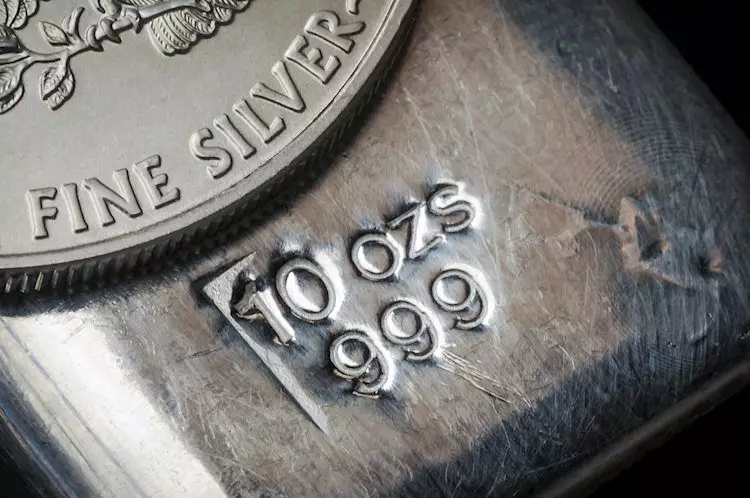Silver prices (XAG/USD) experienced a slight decrease on Monday, trading at $28.13 per troy ounce, down by 0.14% from the previous Friday. Despite this recent dip, silver prices have risen by 10.44% since the beginning of the year. The Gold/Silver ratio, indicating the number of troy ounces of Silver required to match the value of one troy ounce of Gold, stood at 83.32 on Monday, showing a decrease from 83.80 on Friday.
Factors Affecting Silver Prices
Various factors contribute to the fluctuations in silver prices. Geopolitical unrest, concerns about a looming recession, and high inflation can drive investors towards silver as a safe-haven asset. However, unlike Gold, silver’s value as a safe-haven asset is slightly less pronounced. Silver prices also tend to respond to interest rate changes, as it is a yieldless asset. A weaker US Dollar typically boosts silver prices, as the precious metal is priced in dollars (XAG/USD).
Investment Options for Silver
Silver is considered a precious metal with high investment potential. Investors can choose to purchase physical silver in the form of coins or bars, or opt for Exchange Traded Funds (ETFs) which track silver prices on global markets. The versatility of silver as an investment option makes it an attractive choice for diversifying investment portfolios and hedging against inflation.
Aside from its investment value, silver also plays a significant role in various industries such as electronics and solar energy. It boasts one of the highest electric conductivity levels among metals, surpassing even Copper and Gold. Fluctuations in demand from these sectors can influence silver prices, with surges in demand leading to price spikes and declines resulting in lower prices.
Global Economic Influence
Silver prices are not only influenced by investment and industrial demand but also by the economic dynamics of major economies such as the US, China, and India. These countries’ industrial processes heavily rely on silver, impacting its market prices. In India, consumer demand for silver jewelry plays a crucial role in determining silver prices, highlighting the metal’s cultural significance beyond its financial value.
Silver prices often mirror the movements of Gold prices, given their similar status as safe-haven assets. The Gold/Silver ratio is a useful tool for investors to assess the comparative valuation of these two metals. A high ratio may indicate that silver is undervalued, prompting investors to consider purchasing silver over gold. Conversely, a low ratio could signal that gold is undervalued relative to silver, potentially leading to a shift in investment strategies.
Silver prices are subject to a multitude of factors ranging from geopolitical tensions to industrial demand and global economic conditions. Understanding these influences is crucial for investors seeking to navigate the complexities of the silver market and make informed decisions regarding their investment portfolios.

